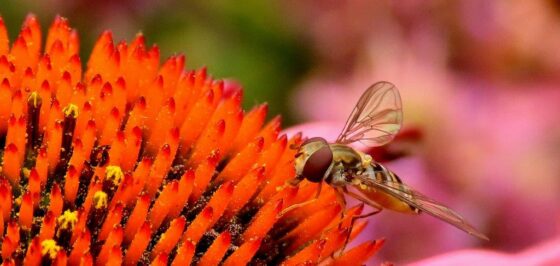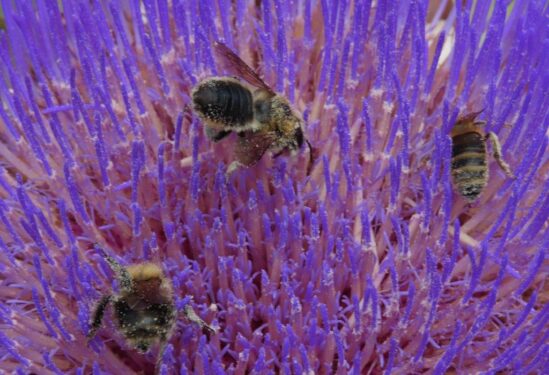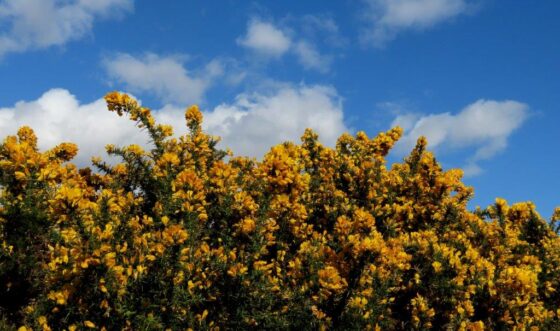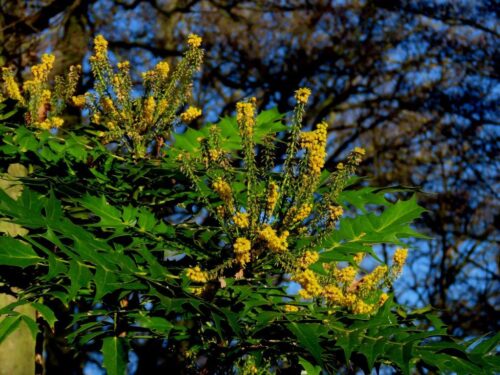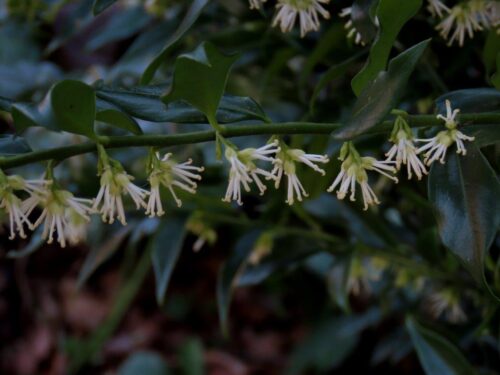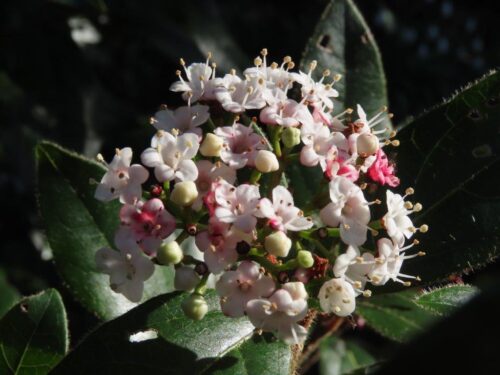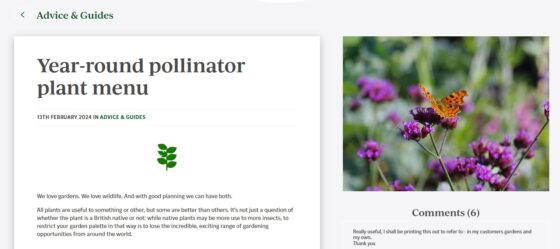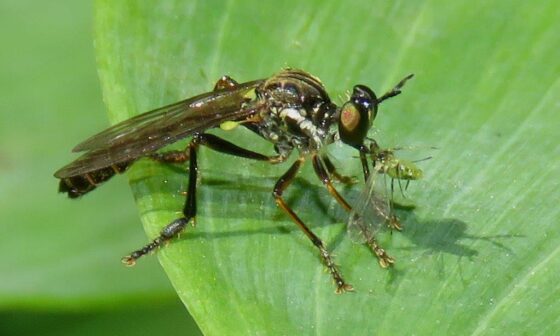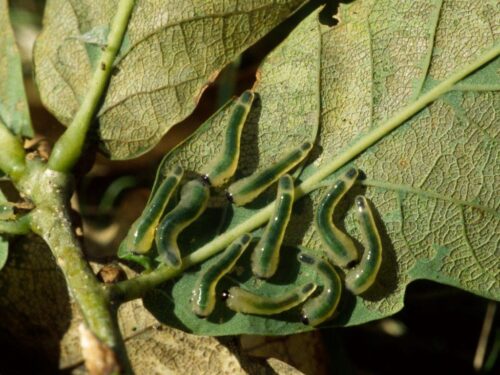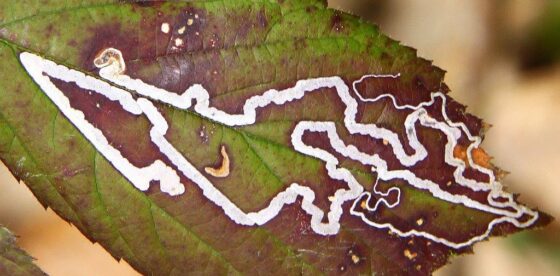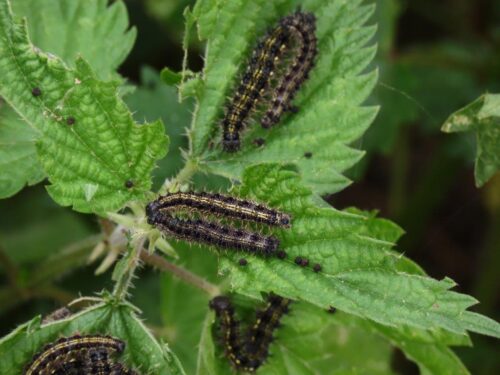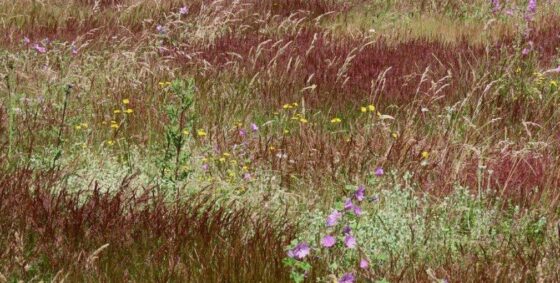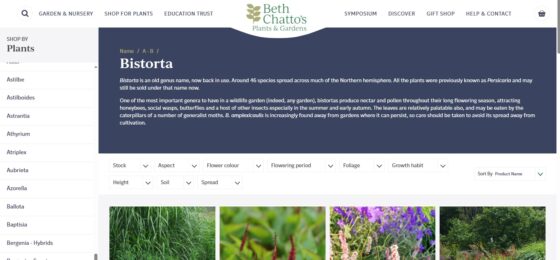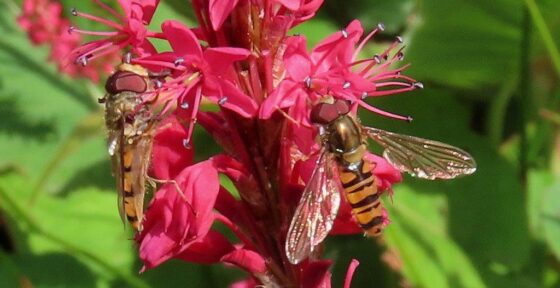We all know that one secret of successful wildlife gardening is to provide nectar and pollen for all the insects that choose to visit. For lovers of the glorious diversity of garden plants, the good news is that natives and non-natives alike can perform this function for our native bees and other pollinators.
And in the garden context, where the choice of plants is limited only by soil and climate, then the gardener can actually improve upon nature, ensuring that nectar and pollen supplies are maintained year-round. In midwinter for example, the British countryside is simply not tooled up to provide those floral resources (except in the form of Gorse), but that of course is the very time that with climate change/collapse many insects are now remaining active, when in the past they would be in hibernation. Growing plants like Mahonia, Viburnum tinus and Sarcococca makes all the difference, to the insects and to our noses!
With this in mind, I recently contributed a blog to the Beth Chatto website, entitled a Year-round pollinator plant menu, showcasing the role of gardens and gardeners in keeping out insects alive: https://www.bethchatto.co.uk/discover/our-blog/guides/year-round-pollinator-plant-menu.htm
But no gardener should rest on their Laurus nobilis and think that flowers for pollinators is all that is needed. There are many insects and other invertebrates that are not pollinators: they and the larval or nymphal stages of almost all insects are dependent on eating other things, whether that be leaves and roots or other insects…
Whereas insect pollinators are not always too fussy whether their nectar or pollen food comes from natives or non-natives, the same is not true generally for the leaf-munchers: here it is clear that native plants are generally preferred. Any good wildlife garden will have a range of native plants in or around it. While virtually all plants have their specialist herbivores, there are a few types that punch above their weight and will hopefully be within insect flight distance of your garden:
HERBACEOUS PLANTS: Nettle, Dock, Dandelion, Bird’s-foot-trefoil
and a range of native grasses, especially if they are allowed to flower and not scalped to within an inch of their lives every three weeks!
With all the above in mind we are also embarking on a major project of adding a paragraph to the A-Z listing of plants on the Beth Chatto website to highlight their wildlife value, so now you can choose plants that are most beneficial to wildlife.
Look after the day-to day needs of insects, with food for both adults and early stages; water to drink, and sometimes to live in; shelter from inclement weather; and freedom from the bane of pesticides. These insects will then underpin the whole food chain, providing food for birds, and in many cases help to break down dead organic matter, recycling nutrients for the next round of plant growth: the cycle of life. Embrace the facts of predation and parasitism, death and decay, and you can then be happy your garden is truly an ecosystem and helping to save the planet.
